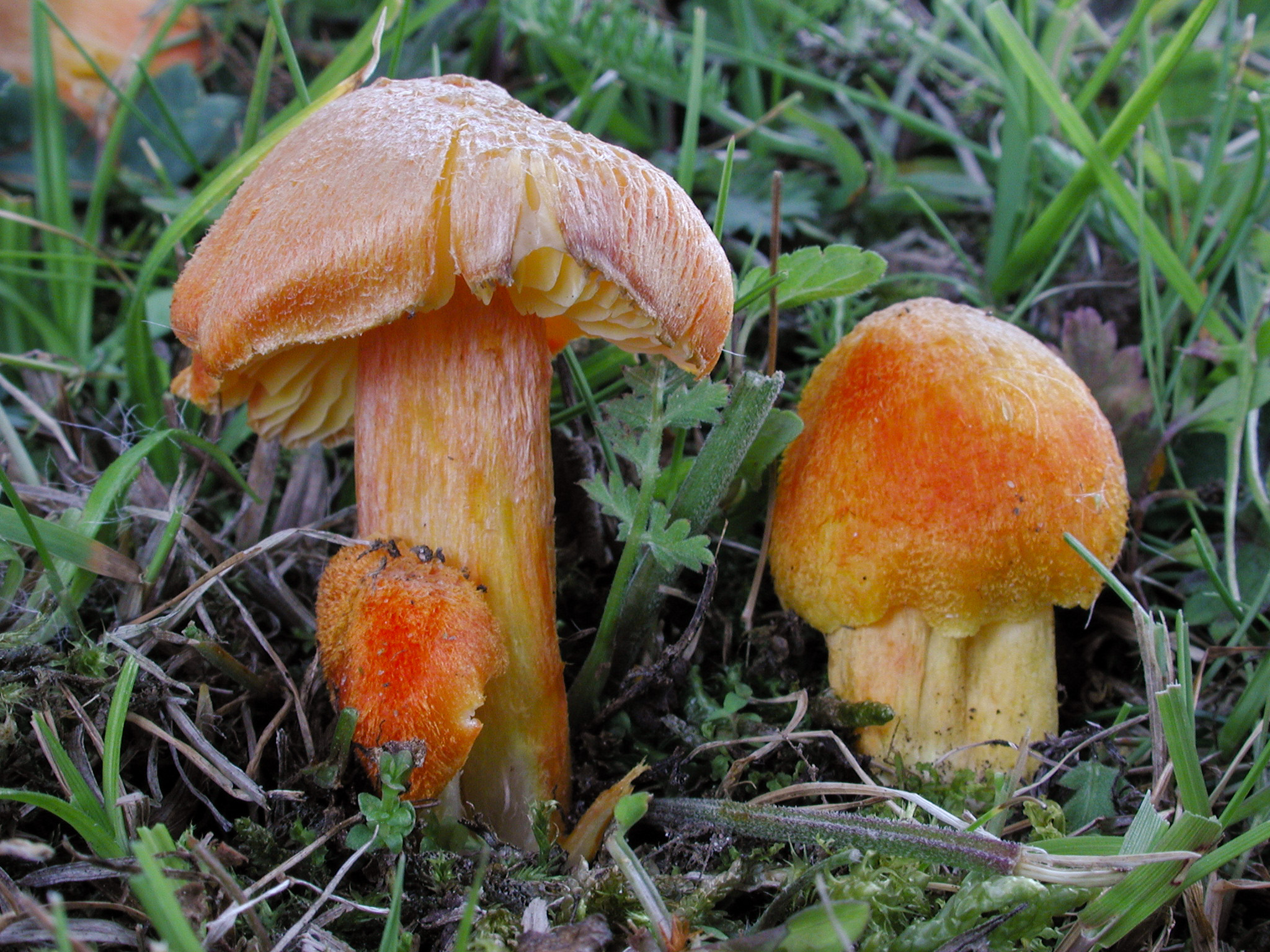I have to wonder at what point in the process these species are in. As someone who's been adjacent to the process of getting a species listed as threatened (in the US), I know just how long and arduous the process of getting a species officially listed is. Not only does there have to be existing research that suggests the species is in danger, sometimes government entities (usually the federal fish and wildlife department) then have to conduct their own research. Afterwards, there are series of deliberation periods and public comment periods and generally wading through bureaucratic red tape. The whole process takes a couple years, minimum.
It's very possible some or all of these species won't end up being listed as endangered, even if population and habitat surveys suggest they should be. Some may be listed as threatened instead, or not listed at all. Unfortunately, the government takes more than just science into account when deciding whether to list species. There could very well be economic incentives to not list, whether that's desire for the species themselves (potentially relevant for the bettas here) or for the habitats they live in. It's important to remember that the Endangered Species Act is a governmental, legal tool, not a scientific one, and whether a species is listed on it is sometimes not actually a great reflection of that species' health. If you want to see accurate estimates of species health, check out the IUCN Red List.
In a similar vein, plenty of species are removed from the endangered species list. This usually seems like great news. You might have seen the news a while back that manatees were de-listed. It makes it seem like populations have recovered to a safe and healthy level, but unfortunately, many removals are for political/economic reasons rather than scientific ones...



